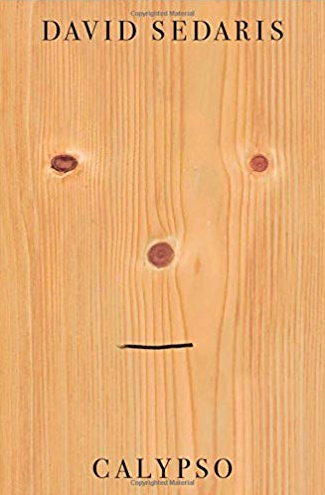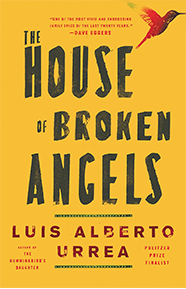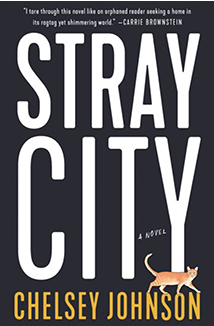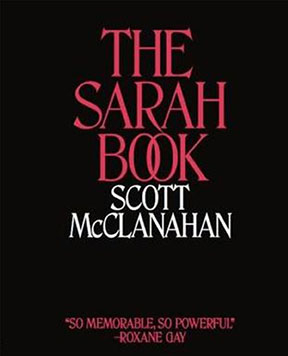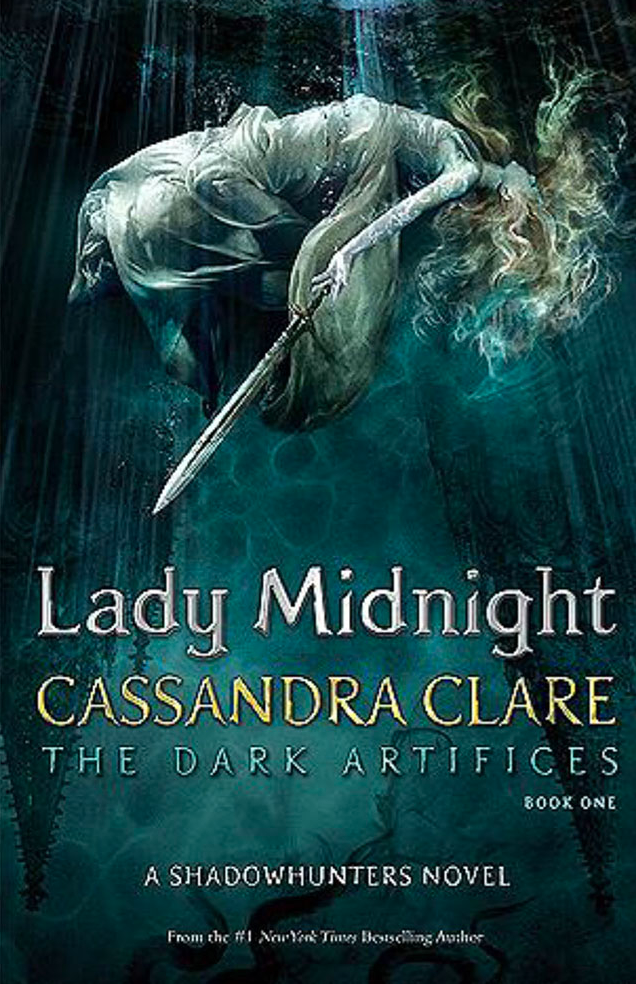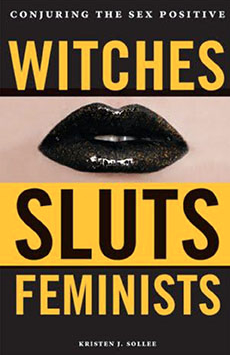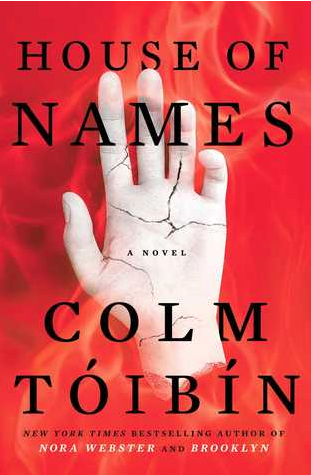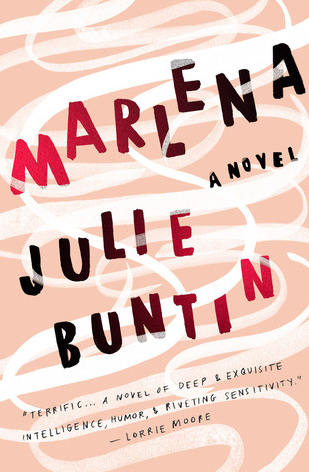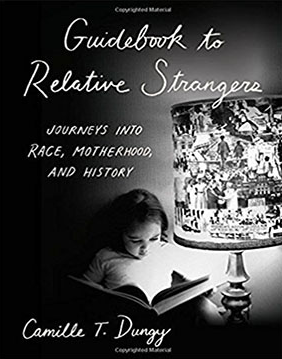Calypso
Calypso by David Sedaris is yet another hilarious recounting of his life with his partner Hugh, his abundant siblings, and all the strangers he judges. However, this time he puts his focus on times spent at his vacation home on Emerald Isle. Throughout these instances, Sedaris rocks the readers’ worlds with laughter, shock, and laughter again.
The book starts with the story of how he came to buy the Sea Section, a stilted house on a resort island in North Carolina. As a child, his family would go to Emerald Isle every summer, and every summer, his father would wistfully suggest buying their own property instead of renting every year, but he would never follow through. Finally, after the tragic death of one of his sisters, Sedaris buys a house on the coast so that his family can come and be together on Emerald Isle whenever they want. Of course, for most people, this would be the “and they lived happily ever after” moment, but the Sedaris family isn’t that sort of people.
Sedaris goes on to recount almost every gathering at the Sea Section since it was purchased, describing fights with his prudish mother-in-law, conversations that turn into naps with his father, and being crushed by his 12-year-old niece at Sorry, the board game. The stories become more outlandish and vulgar as they go on, especially the running storyline of Sedaris’s quest to feed his own (thankfully removed) tumor to a snapping turtle. Nothing is too taboo for this book, not even gastrointestinal viruses or the things one sees on Intervention, which gives this book the classic Sedaris voice.
Sedaris takes a lot of time in his book to talk about family and how the dynamic has changed throughout the ages. At the start of the book, he expresses how when his family visits him in England, he often leaves them be for long stretches, afraid that they’ll get sick of him if he lingers too long. After the purchase of the Sea Section, however, he seemingly spends more and more time with his sisters, his brother, and even his father. The biggest show of growth comes at the end, when Sedaris visits his father, the person he was never close to as a child, at his childhood home. Sedaris also discusses his regrets concerning his family, such as never confronting his mother’s alcoholism, and his relationship with his sister Tiffany.
Overall, Sedaris charms his readers with his stark prose and wit, and he wins us over with his relatable experiences and emotions. If you’ve ever had a partner, a family, or a bad thought about the person in front of you in line at the grocery store, you’ll like Calypso, and if you felt physically ill after the election, sometimes do good things just to look good, or enjoy learning how people in different countries express their road rage, then you’ll love Calypso. Grab a copy today and prepare to experience the snarky, honest world that is David Sedaris’s life.
Reviewed by Danielle Uppleger
Published by Little, Brown and Company, 2018
ISBN: 978-0-316-39238-9 (hc) / 978-0-316-39236-5 (large print) / 978-0-316-39239-6 (international tpb) / 978-0-316-52482-7 (signed edition)
259 pages
Instagram: @david_sedaris
Facebook: David Sedaris

